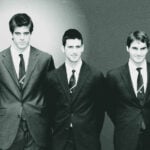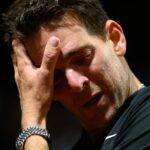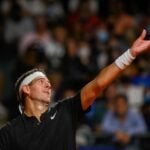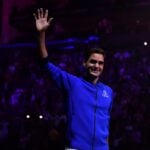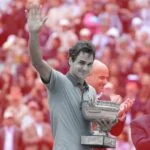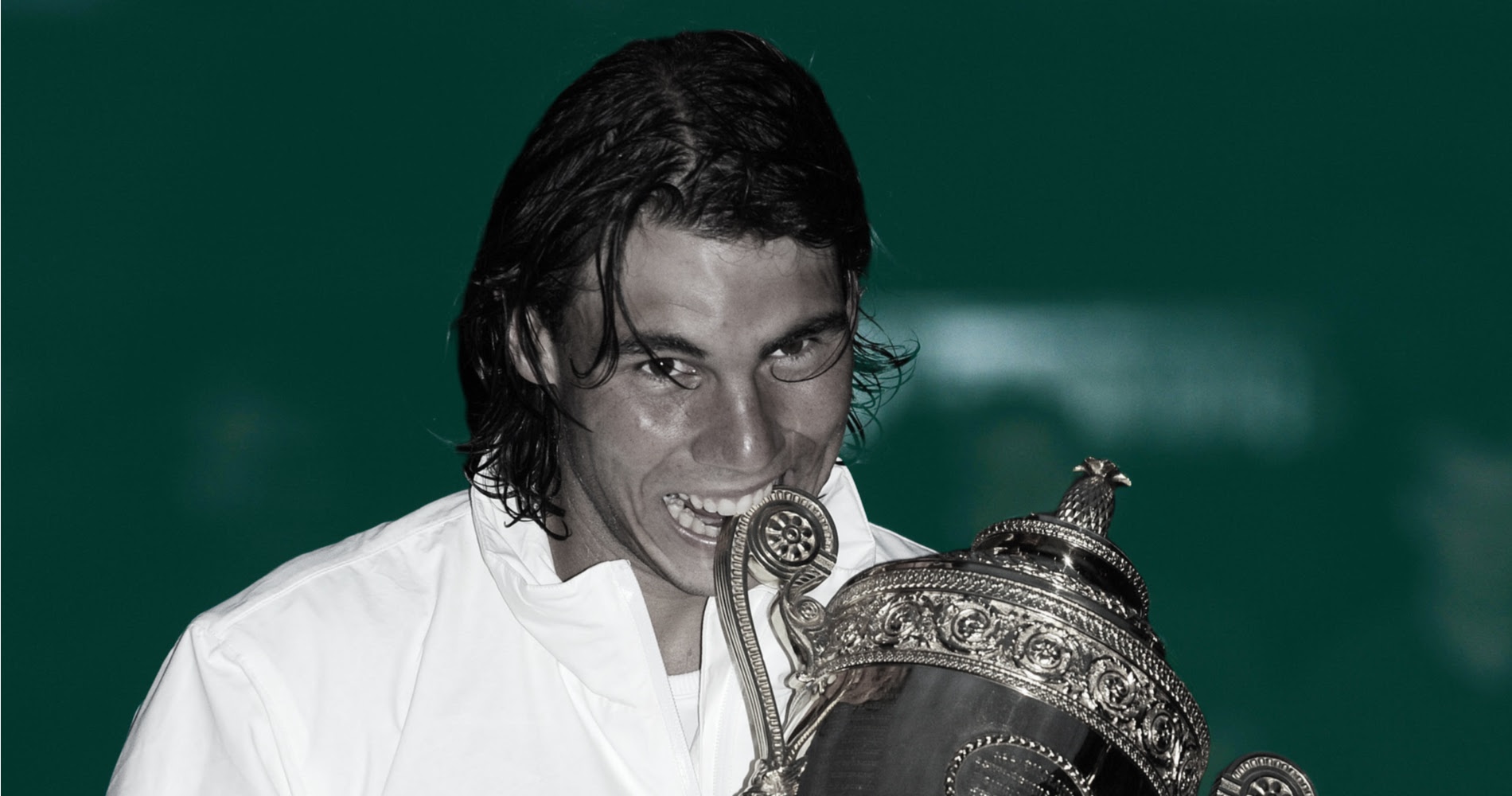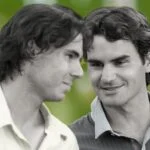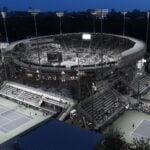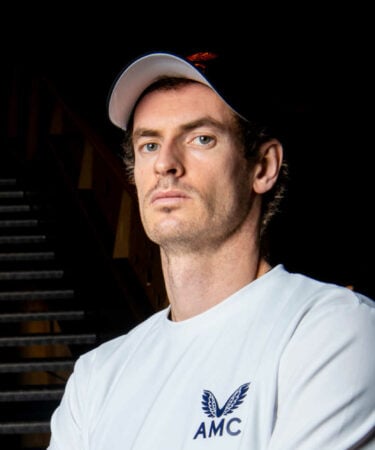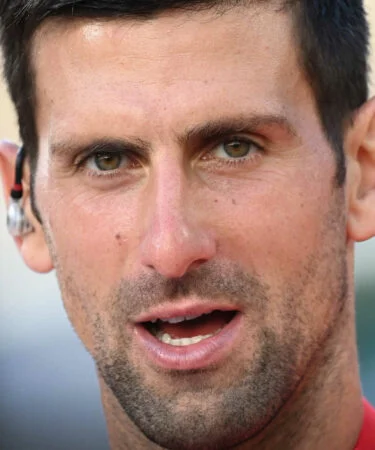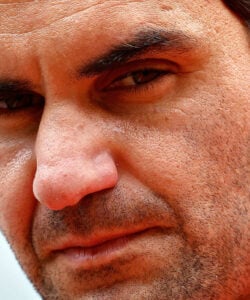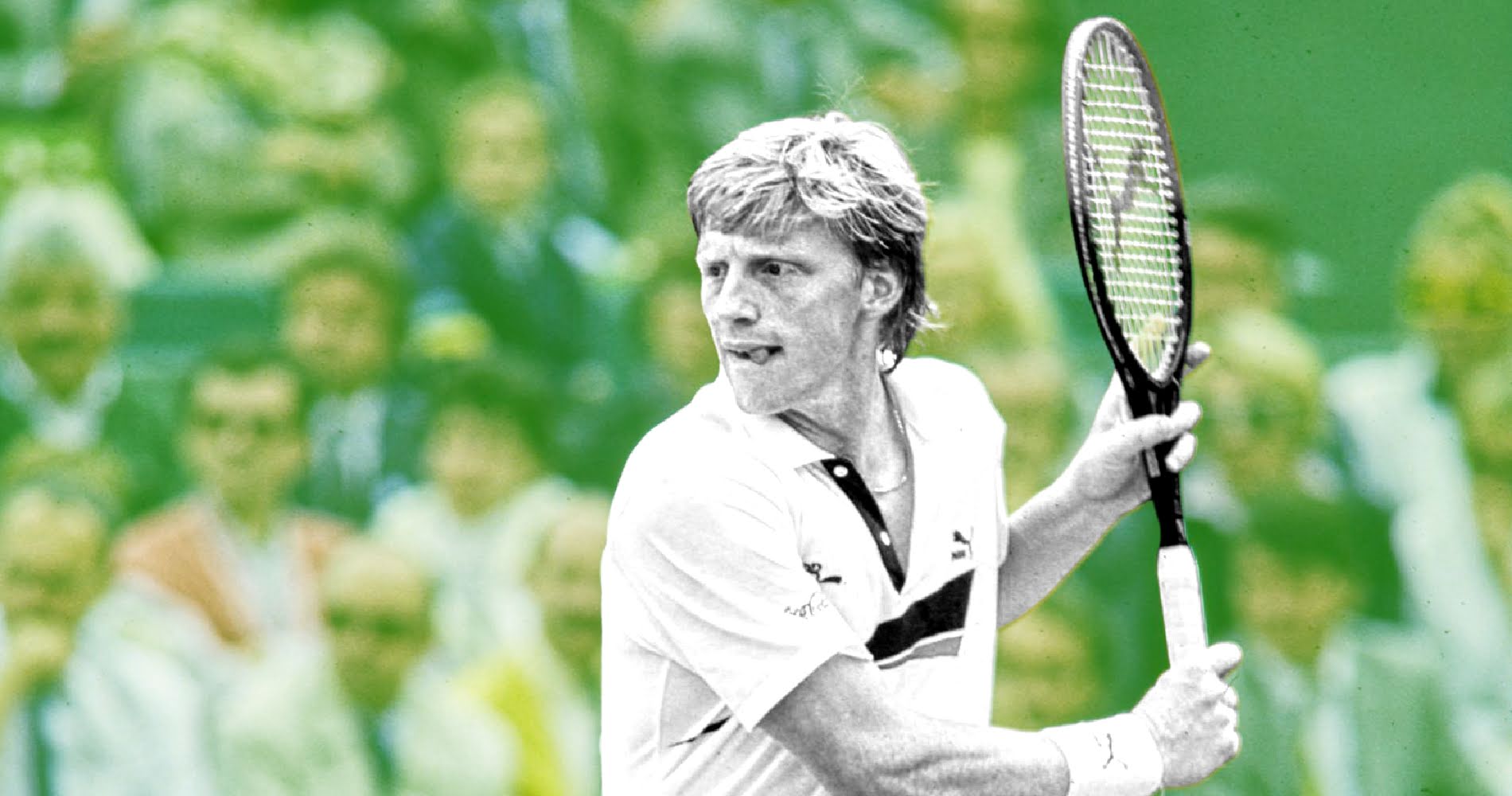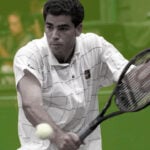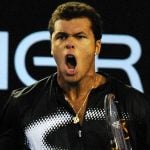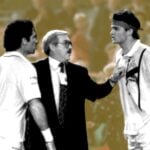September 14, 2009: The day Del Potro stunned five-time defending champ Federer in five sets to win the US Open
Every day, Tennis Majors takes you back to the biggest moments in tennis history. On September 14, 2009, Juan Martin del Potro came from behind to triumph in his first Grand Slam final over a red-hot Roger Federer
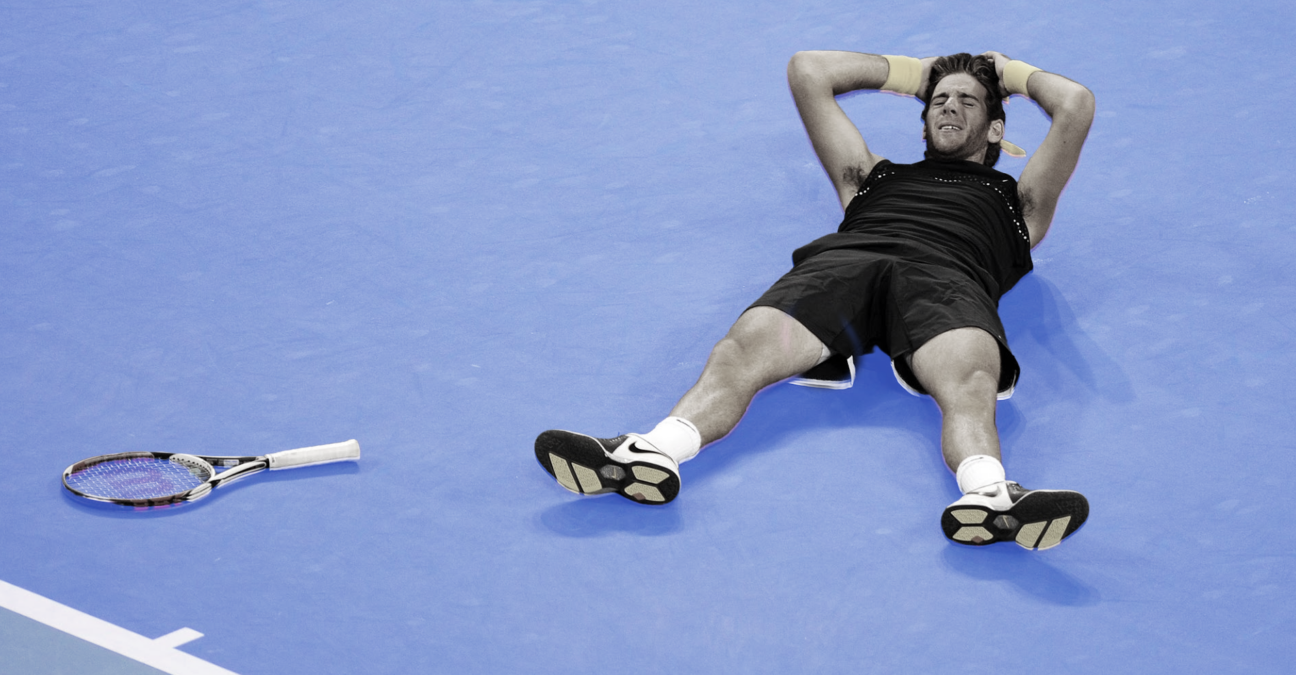 Juan Martin Del Potro, US Open 2009 | © Panoramic / Tennis Majors
Juan Martin Del Potro, US Open 2009 | © Panoramic / Tennis Majors
What happened exactly on that day
On this day, September 14, 2009, Juan Martin del Potro defeated five-time defending champion Roger Federer in the final of the US Open (3-6, 7-6, 4-6, 7-6, 6-2) to claim his first and only Grand Slam title. Del Potro became only the second man, till that time, to beat Federer in a Grand Slam final, Rafael Nadal being the first. This 2009 US Open was, since 2005, only the third Grand Slam tournament won by a player than Federer or Nadal, the others being the 2005 Australian Open, which was won by Marat Safin, and the 2008 Australian Open, which was won by Novak Djokovic.
The players: Roger Federer and Juan Martin del Potro
- Roger Federer: The player with the most Grand Slam singles titles in history
Roger Federer was 28 years old in September 2009 and, after he had gone through a rough time in 2008 and early 2009, he had recently reclaimed the No 1 ranking. The Swiss had dominated the game between 2004 and 2007, winning almost everything but the French Open. Nadal was the main reason Federer hadn’t won it yet; the Swiss lost against his Spanish rival in the final in 2006, 2007 and again in 2008, which was a challenging year for the Swiss. First, a young Novak Djokovic defeated him in the Australian Open semi-final (7-5, 6-3 7-6), but the worst was yet to come. Nadal, after destroying him in a painful Roland-Garros final (6-1, 6-3, 6-0), managed to defeat him in his own garden at Wimbledon in a five-set thriller (6-4, 6-4, 6-7, 6-7, 9-7). When the Spaniard went as far as knocking Federer off the world No 1 spot that he had held for 237 consecutive weeks, the Swiss probably thought he had hit rock bottom.

If that was the case, then Federer was wrong. Rock bottom came at the 2009 Australian Open, when the Swiss lost once again to his nemesis, Nadal, in the final in five sets (7-5, 3-6, 7-6, 3-6, 6-2), and broke down in tears during the trophy ceremony. At this stage in 2009, Federer had not only become Nadal’s challenger, but he had also been defeated by Djokovic, Andy Murray and Stan Wawrinka. For the first time since 2000, Federer had not claimed a single title in the first four months of the season. Journalists had started to talk about decline before the Swiss won the title in Madrid, beating Nadal on clay only for the second time. A few weeks later, Federer’s dream came true – he finally triumphed at Roland-Garros, defeating Robin Soderling in the final (6-1, 7-6, 6-4), completing a career Grand Slam. Surfing the wave, the maestro then collected a sixth title at Wimbledon, his 15th Grand Slam trophy, edging Andy Roddick in the last round (5-7, 7-6, 7-6, 3-6, 16-14) to break Pete Sampras’ record. Following another tournament won in Cincinnati, he was ready for the US Open, where he had won the last five editions and remained undefeated since 2003.
- Juan Martin del Potro: The Tower of Tandil
Juan Martin del Potro, nicknamed “the Tower” (he was 6ft 6in), was born in 1988. He turned professional in 2005, and in 2006, he was already the youngest player to finish the year in the top 100 (No 91). In 2007, he climbed as high as world No 47, after reaching the third round at the US Open (lost to Djokovic, 6-1, 6-3, 6-4). His breakthrough year came in 2008. That year, in the summer, not only did he claim his first ATP title, but he also became the first player in tennis history to claim his first four titles in four consecutive tournaments, lifting the trophies in Stuttgart, Kitzbuhel, Los Angeles (where he beat world No 9, Andy Roddick, 6-1, 7-6) and Washington. In September, he reached the US Open quarter-finals, where he was eliminated by Andy Murray (7-6, 7-6, 4-6, 7-5). In 2009, he had not won a title yet, but he had reached the semi-finals at Roland-Garros, where he was beaten in five sets by Federer (3-6, 7-6, 2-6, 6-1, 6-4). At the Canadian Open, he finished runner-up (lost to Murray, 6-7, 7-6, 6-1). Del Potro’s game relied on a massive serve, an extremely brutal but not always reliable forehand, and a very consistent two-handed backhand.
The place: Flushing Meadows, New York
The US Open (known as the US Nationals before 1968 and the start of the Open Era), was established in 1881, and, although it is the only Grand Slam to have been played every single year without an interruption since its beginning, it moved several times locations throughout the 20th century. First held in August 1881 on grass courts at the Newport Casino on Rhode Island, the tournament moved to New-York in 1915, where it was held at the West Side Tennis Club, at Forest Hills until 1977 (with the exception of years 1921-1923, when the event was moved to Philadelphia). At Forest Hills, the Center Court built in 1924 could host 14,000 spectators.
In 1978, the US Open left the West Side Tennis Club — which was now too small for such an important event — for the USTA National Tennis Center, located in Flushing Meadows, New York. The Tennis Center was one of the biggest tennis complexes in the world; its centre court was Louis Armstrong Stadium, which had a capacity of 14,000 spectators. In 1997, a new center court, the Arthur Ashe Stadium, was inaugurated. With 23,000 seats, it was the biggest tennis arena in the world.
The facts: Del Potro has not beaten Federer in six previous attempts
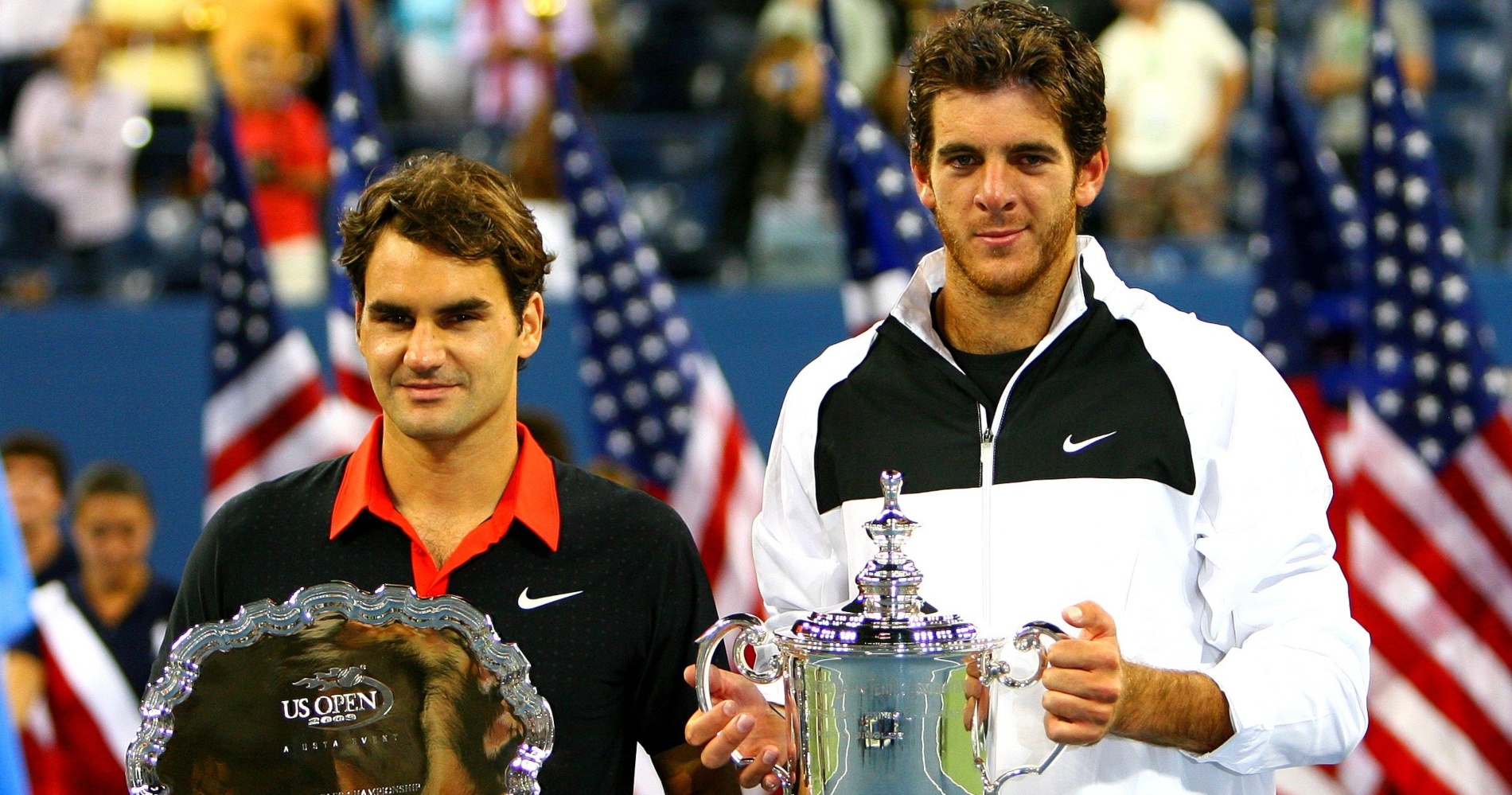
At the 2009 US Open, it seemed that no one could prevent Roger Federer from claiming a third Grand Slam title in the same year. A few months before, the Swiss had fulfilled his dream by triumphing at Roland-Garros after three finals lost in Paris, and, after winning Wimbledon, he had relciamed the No 1 spot that Nadal had taken from him in 2008. On his way to the final, the Swiss had dropped only two sets, and in the semi-final, he eliminated world No 3 Novak Djokovic in straight sets (7-6, 7-5, 7-5).
In the final, Federer faced Juan Martin del Potro, of Argentina. The two players had met six times already, and the Swiss had always prevailed. In their first five encounters, the Argentine had not managed to win a single set, including the 2009 Australian Open quarter-final where del Potro had been punished by the maestro 6-3, 6-0, 6-0. However, their most recent encounter in the Roland-Garros semi-finals had not been so easy for Federer, who had to battle five sets to go past “The Tower” (3-6, 7-6, 2-6, 6-1, 6-4). Furthermore, in the US Open semi-finals, del Potro made a strong impression by crushing Nadal, 6-2, 6-2, 6-2.
In the first set, del Potro, understandably nervous at the beginning of his first Grand Slam final, had a slow start. Against an experienced player like Federer, he was instantly punished; not only did the Swiss take the first set 6-3, but he also broke his opponent’s serve early in the second set. It seemed like he was going for an easy win. Maybe that thought actually crossed Federer’s mind, as, in the middle of this second set, he started making a few loose errors and making a few poor dropshots. It was just enough for del Potro to obtain a few break points and gain some confidence. When the world No 1 served for the set, “The Tower” blasted two extraordinary forehand winners to break Federer’s serve for the first time. A whole new match now began. Del Potro was on fire. His serves were huge, and few people had ever hit such powerful forehands before. Federer was now forced to battle, and although he managed to lead two sets to one, he was pushed into a tie-break in the fourth set. In this tie-break, Federer gave del Potro the mini-break with a double fault, and the Argentine showed no mercy on his own serves and suddenly, it was two sets all.
Seizing the momentum, del Potro broke Federer at the start of the decider and soon, he was up, 3-0. Although it was his first Grand Slam final, the Argentine showed no signs of nerves when he had to serve for the match. He won this last game to love to seal an unexpected and spectacular win 3-6, 7-6, 4-6, 7-6, 6-2.
“To win in five against Federer makes it even more special,” said del Potro, according to The New York Times. “Of course I knew it was going to be very difficult, and in a way, it makes it better that it was difficult.”
The Swiss praised his opponent’s mental performance. “It’s always an amazing effort coming through and winning your first in your first final. You have to give him all the credit, because it’s not an easy thing to do, especially coming out against someone like me who has so much experience.”
What next: Injuries derail Del Potro’s career; Federer adds to Grand Slam total
Unfortunately, after such a promising start, del Potro’s career would be derailed by injuries. Unable to practice and to play entire seasons, he would not obtain any remarkable results before reaching the semi-final at Wimbledon in 2013 (lost to Djokovic, 7-5, 4-6, 7-6, 6-7, 6-3). In 2016, at the Olympic Games, he would achieve the feat of defeating both Djokovic and Nadal on his way to the final, but he would fail to win the gold medal, beaten by Murray (7-5, 4-6, 6-2, 7-5). Then, after a fantastic run at the 2018 US Open, where he would finish runner-up to Djokovic (6-3, 7-6, 6-3), new injuries would compromise his comeback on the tour. In 2022, he returned to play one final time in front of his home fans in Buenos Aires where he lost in the first round as he continued to be bothered by knee problems. After announcing that he wanted to play the US Open one final time in 2023, the Argentine returned to training but was unable to get himself in the shape he would like to give it another go.
Aged 28 at the time of the 2009 US Open final, Federer’s decline had already been announced several times. The Swiss, however, went on to add five more Grand Slam titles to take his overall tally to 20 (currently third on the all-time list behind Djokovic’s 24 and Nadal’s 22). The Swiss was beset by knee injuries at the end of his career and finally hung up his racquet at the Laver Cup event in 2022, more than a year after his last singles match at the 2021 Wimbledon Championships.

